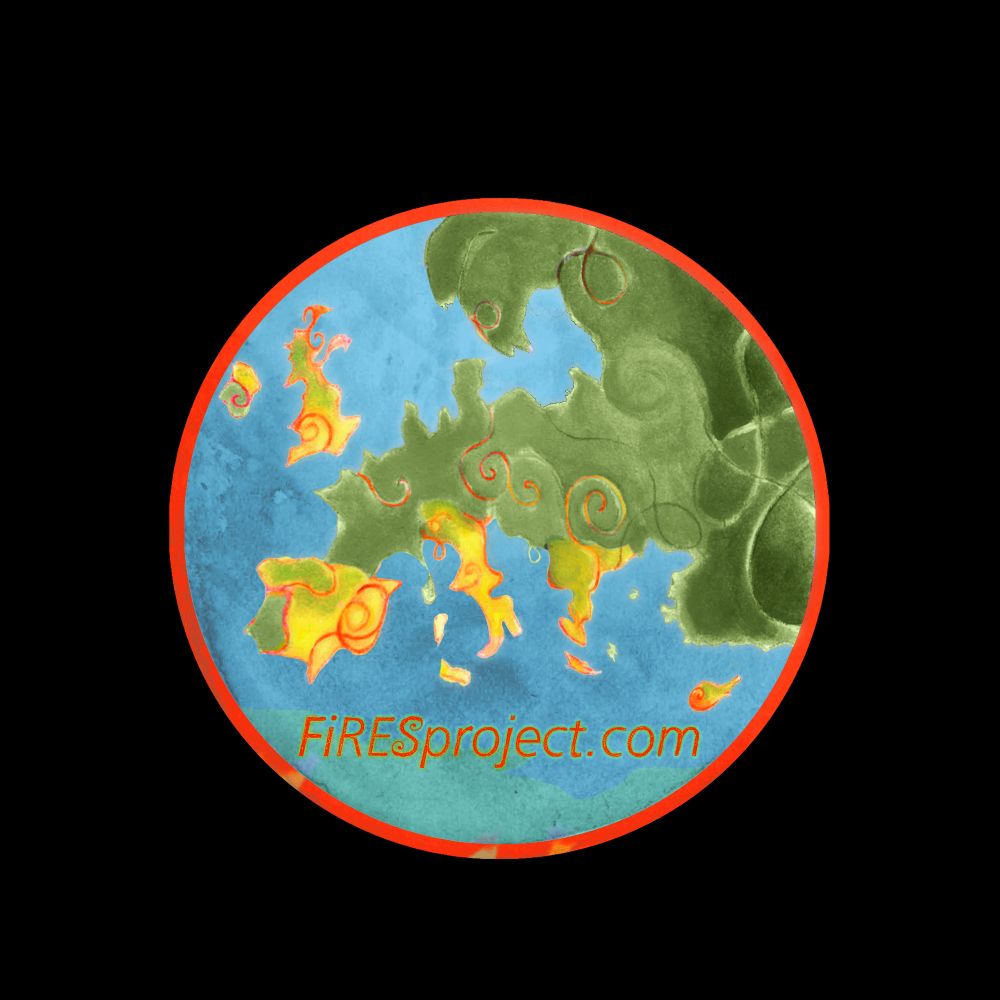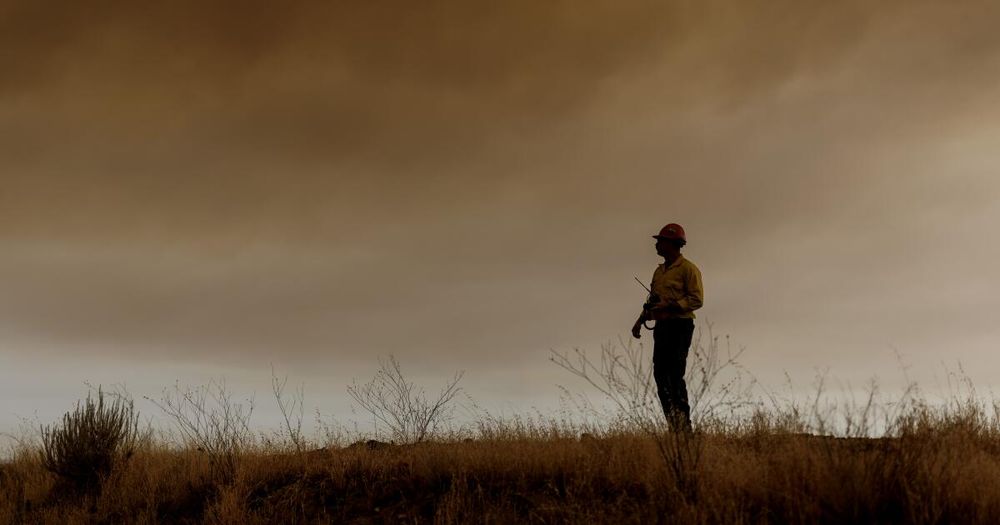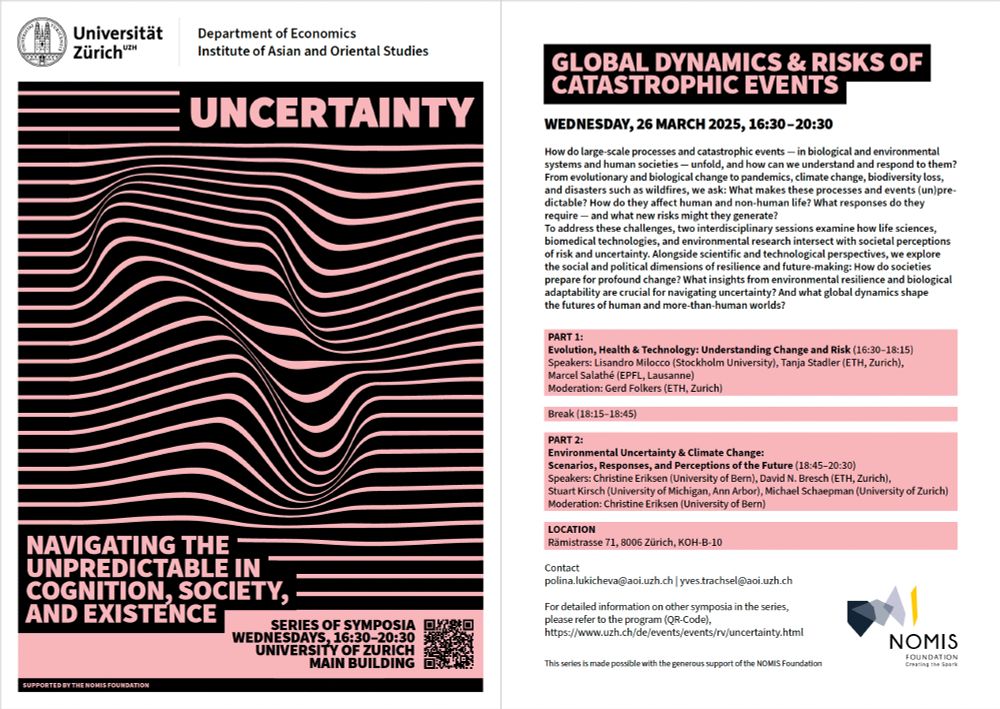
Fire social scientist and disaster geographer 🌍 PI FiRES Project 🔥 SNSF Consolidator Grant, ETH Zürich 🏔️ Focus on wildfire, social dimensions of disaster, climate change adaptation 🌳 Editor #FireEcology 📚 Member PLANAT🇨🇭 www.christineeriksen.com .. more
Fire social scientist and disaster geographer 🌍 PI FiRES Project 🔥 SNSF Consolidator Grant, ETH Zürich 🏔️ Focus on wildfire, social dimensions of disaster, climate change adaptation 🌳 Editor #FireEcology 📚 Member PLANAT🇨🇭 www.christineeriksen.com



Blocked?! There’s a YouTube version too; can you access that? youtu.be/x1fcRsAFQ8I?...

@unibe.ch @ethz.ch

@unibe.ch @ethz.ch







Link to the actual study by Madakumbura et al. (2025) in @aaas.org: www.science.org/doi/10.1126/...

My note: to understand wildfire risk, you need to understand how climatic, demographic and land-use changes are entwined.
www.nytimes.com/2025/08/06/c...

Reposted by Christine Eriksen


Reposted by Christine Eriksen

'Governing layers of shifting sands: Subterranean hazards, unfolding catastrophes and quotidian fragmentation' by @drceriksen.bsky.social & Gregory L. Simon
This piece unpacks the governance & management of earthquakes & nuclear waste repositories.
doi.org/10.1002/geo2...
Reposted by Le Yu
Thank you to @snsf.ch and @rgsibg.bsky.social for supporting this collaborative work.












Reposted by Adrián Regos




